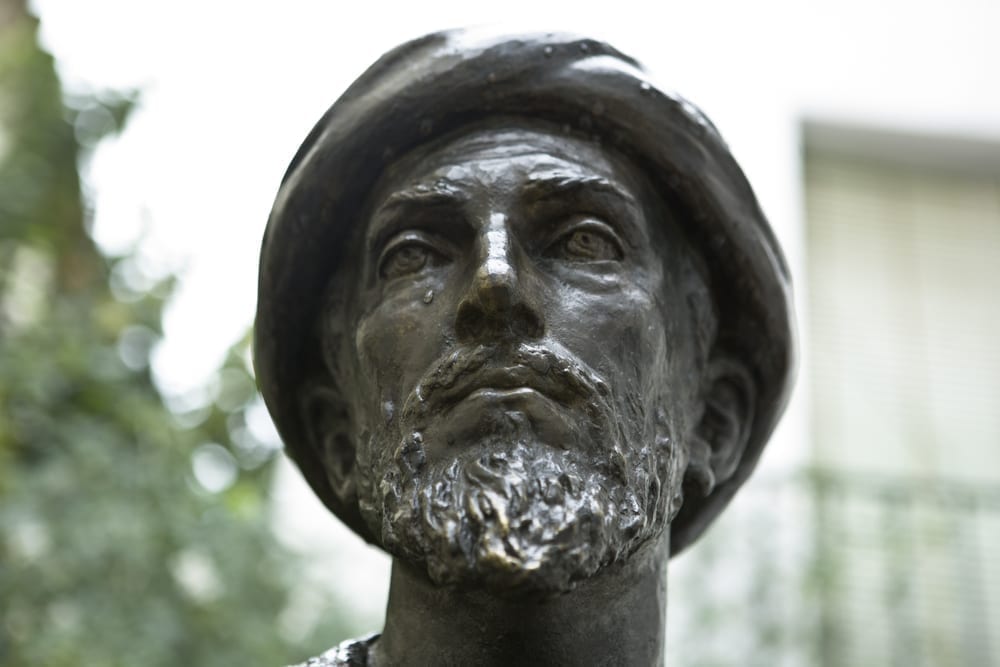
1. Rabbi Moshe ben Maimon was born in 1135 (4895) in Cordoba, Spain to his father Rabbi Maimon, who was a rabbinical judge in Cordoba. He died in Egypt on December 12, 1204 (20 Tevet 4965). According to several traditions, the Rambam's lineage goes back to Rabbi Judah HaNasi, the redactor of the Mishnah.
2. Maimonides taught a distinctly intellectual and innovative system of thought that reached beyond traditional Jewish fields of endeavor, and he was recognized as a philosopher also in Arabic and European culture. In Arabic, he is known as Musa ben Maimon, and his full Arabic name is Abu Imran Musa bin Maimon bin Abdallah al-Kartabi al-Asraa'ili (“the Jewish man from Cordova”).
3. Why is Maimonides perceived as particularly important? It seems that his worldwide activity and influence created his unique status. Maimonides was a scientist and a physician, one of the leading philosophers of the Middle Ages, and the leader of the Jewish community in Egypt and the surrounding regions. He was the most famous Jewish personage of his time, and is considered one of the greatest legal codifiers of all ages.
4. When he was 13, Maimonides’ family left Cordoba because of anti-Jewish persecutions, and wandered around Spain. The family came to the city of Fez in northern Africa, but Muslim fanaticism drove them away, and Rabbi Judah Hacohen Even Shushan, Maimonides’ teacher, was martyred during Muslim pogroms. Maimonides left for the Holy Land and later moved to Egypt and settled there.
5. While living in the city of Fustat (Old Cairo), Maimonides married the daughter of Rabbi Mishael HaLevi, the son of Rabbi Isaiah the Pious Halevi Altaka (the son-in-law of Rabbi Dosa ben Jacob). Shortly after, his only son, Abraham, was born (1186 – 1238).
6. Maimonides served as the religious leader of the Jewish community of Cairo, but made his living for many years from investments with his brother, David, who traded in precious stones, and owned a ship. His brother died in 1169 when his ship sank, causing Maimonides to sink in heavy grief and fall sick for over a year. In the absence of an alternative source of income, Maimonides specialized in the field of medicine, and soon became one of the senior doctors in Cairo. From 1185 onward, he served as the private doctor of the Grand Vizier Al Qadi al Fadil and later became a physician to King Saladin and his son al-Afdal.
7. In case you were wondering why the Yemenite Jews follow the rulings of Maimonides even though he never lived there, Maimonides used to reply to many Jewish communities in the Diaspora on questions in Jewish law and belief. One of the communities that were in constant contact with Maimonides were the Jews in Yemen. They even accepted him as their leading legal authority and leader. Following pogroms that broke out in Yemen, he wrote his famous “Letter to Yemen” to them.
8. Most of us are familiar with his famous Jewish legal works “Guide for the Perplexed”, “Mishneh Torah” Code of Jewish Law and of course his Commentary on the Mishna and other books, but not many know that in his youth Maimonides wrote a number of works that he didn’t manage to publish. Most of them were lost, and only parts of them remain.
Among his unfinished works: “An Explanation of All the Difficult Laws Throughout the Talmud” (on most tractates of the Babylonian Talmud), “Laws of the Yerushalmi” (a compilation of laws culled from the Jerusalem Talmud, similar to the Rif's treatise on the Babylonian Talmud), a booklet of critical notes on the Rif on individual topics in the Talmud, “Essay on the Leap Year” – on intercalation of the year, the Jewish calendar, and more. In addition, he also wrote 11 medical books that were published, including “The Book of Asthma”, “Moses’s Chapters”, “Article on Hemorrhoids”, “Names of Drugs”, “The End of Life,” etc.
9. The source of Maimonides' famous portrait illustration is the book Thesaurus Antiquitatum Sacrarum (“Sacred Ancient Treasure”) that was published in the 18th century. According to the author, it was based on an ancient engraving, but the prevailing view is that this illustration is not Maimonides’ true portrait.
10. Maimonides died in Egypt but was buried in Tiberias, according to all vies. The Holy Ari’s disciple Rabbi Chaim Vital testified to this. And so did R. Joseph Sambari of Egypt testify: “they buried him in his beth midrash … in Egypt, and from there, brought him to the Holy Land and buried him in Tiberias.”
